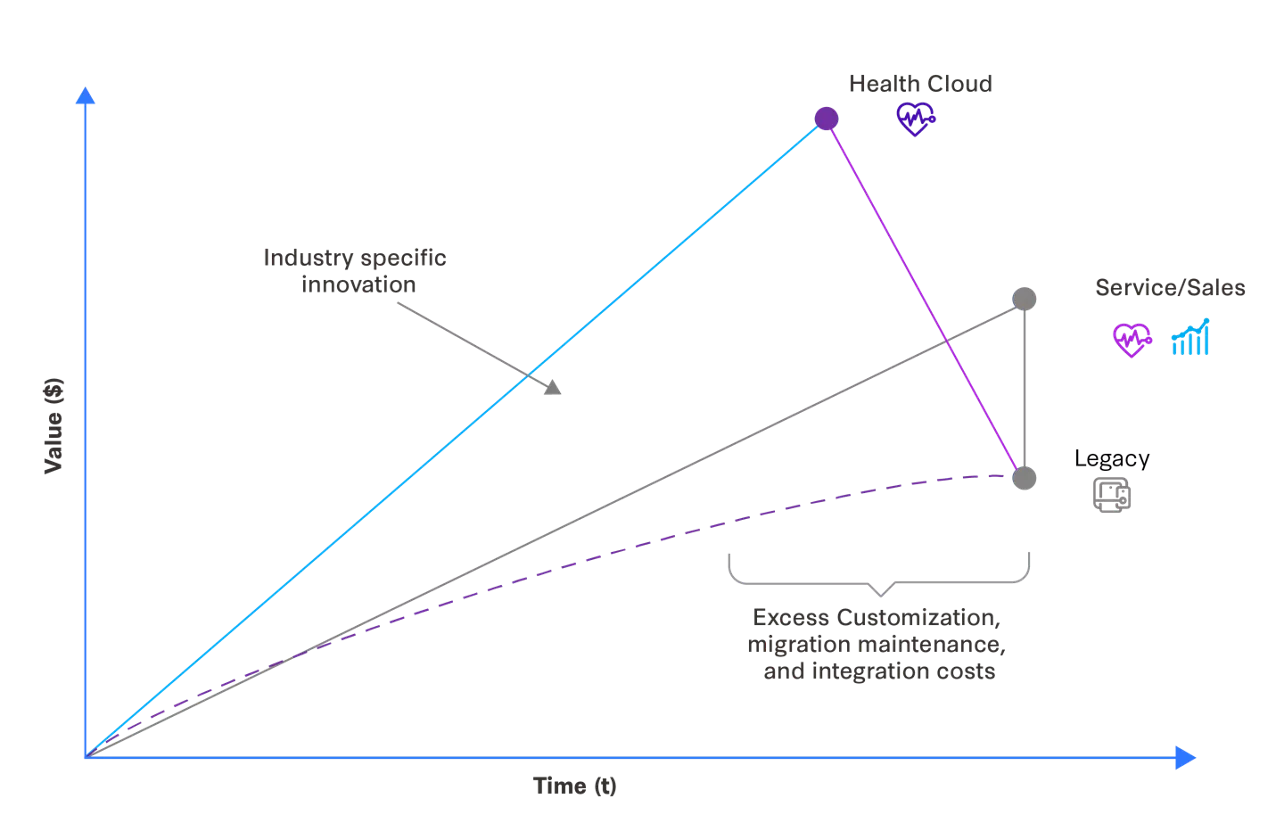Lean into data mastery to extend patient-centered care and promote health equity | Read the report
Unlock the full potential of Salesforce with health cloud migration
In 2015, Salesforce launched Health Cloud, billed as the world’s most powerful healthcare CRM. The launch of Health Cloud was part of a broader shift in strategy towards the verticalization of the core Salesforce platform and sales strategy at Salesforce. The intent was to help customers address common industry use cases faster and with less customization. Historically, since its launch in the early 2000s, Salesforce was a horizontal solution with a range of tools to customize the solution to meet specific industry needs. Often this was done by writing APEX and Visualforce code. While many customers saw this as a blank canvas to refer to and build almost anything on the Salesforce platform, it has ultimately led to various implementations today, that are difficult to maintain and evolve to keep up with the rapidly changing expectations of customers and end users. In addition, the total cost of ownership (TCO) of many Salesforce implementations became a driver for customers to look at alternative solutions and go about complex migrations to other platforms.
Despite failing to gain momentum in the early years of its launch, primarily due to the relative immaturity of the product and its capabilities vs the additional license cost it incurred, it was re-launched in 2021 as Health Cloud 2.0 - this time with significant, additional capabilities. A key aspect of this relaunch was the incorporation of Vlocity capabilities and industry solutions into the core Health Cloud offering (an industry-focused ISV acquired by Salesforce in 2020 for $1.3bn and now referred to as Salesforce Industries). Customers noticed and the demand for Health Cloud especially in net new implementation environments has skyrocketed. But what about those customers who had already invested significantly in Sales and Service Cloud implementations? Those who had customized the horizontal offerings to address use cases are now available out of the box in Health Cloud. Many of them are stuck wondering what to do. Read on to find out how Virtusa can help if this is you.
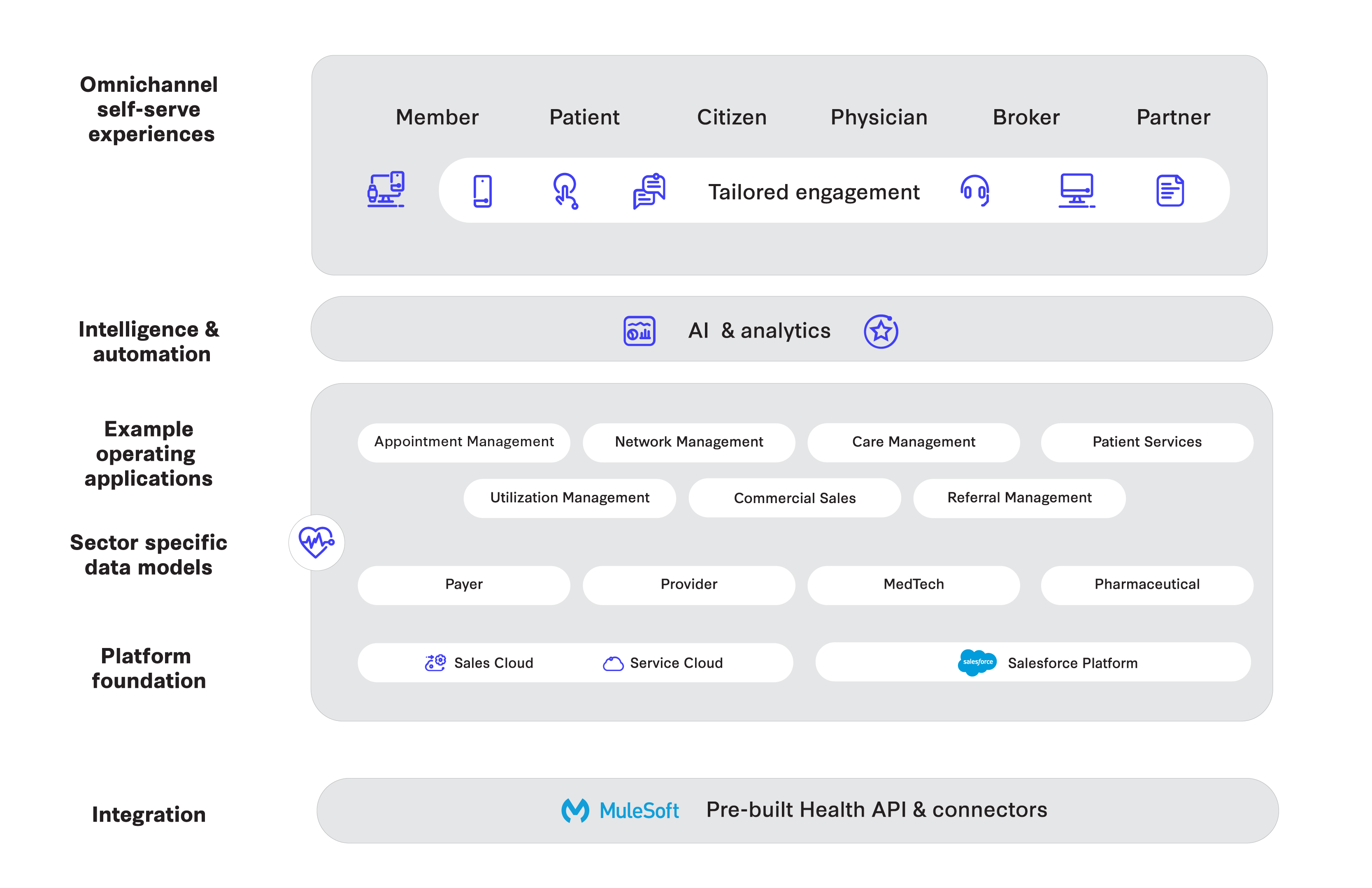
Figure 1: The Health Cloud 2.0 platform architecture
Why Migrate to Health Cloud Now
The following section lays out the key reasons why you should be considering migrating to Health Cloud if you have not done so already:
- Address technical debt – this cannot be emphasized enough. As we talked about how excessive customization has become an enemy of many Salesforce implementations, customization further stifles agility, leads to performance issues, and significantly increases the cost of running and maintaining your environment. By migrating to Health Cloud, you can make use of out-of-the-box data models, components, flows, and APIs as well as leverage Flow for Industries (Vlocity) instead of APEX.
Figure 2: Accelerate time to value with Health Cloud
- Benefit from continuous innovation - The quality and depth of Health Cloud releases, which happen three times a year, have been improving significantly. If you are not aligned to the Health Cloud data model, you cannot benefit from these which can be extremely frustrating and result in your company having to fund innovation instead. The Health Cloud roadmap is defined by ex-industry leaders and in conjunction with customers in a product steering committee that meets regularly.
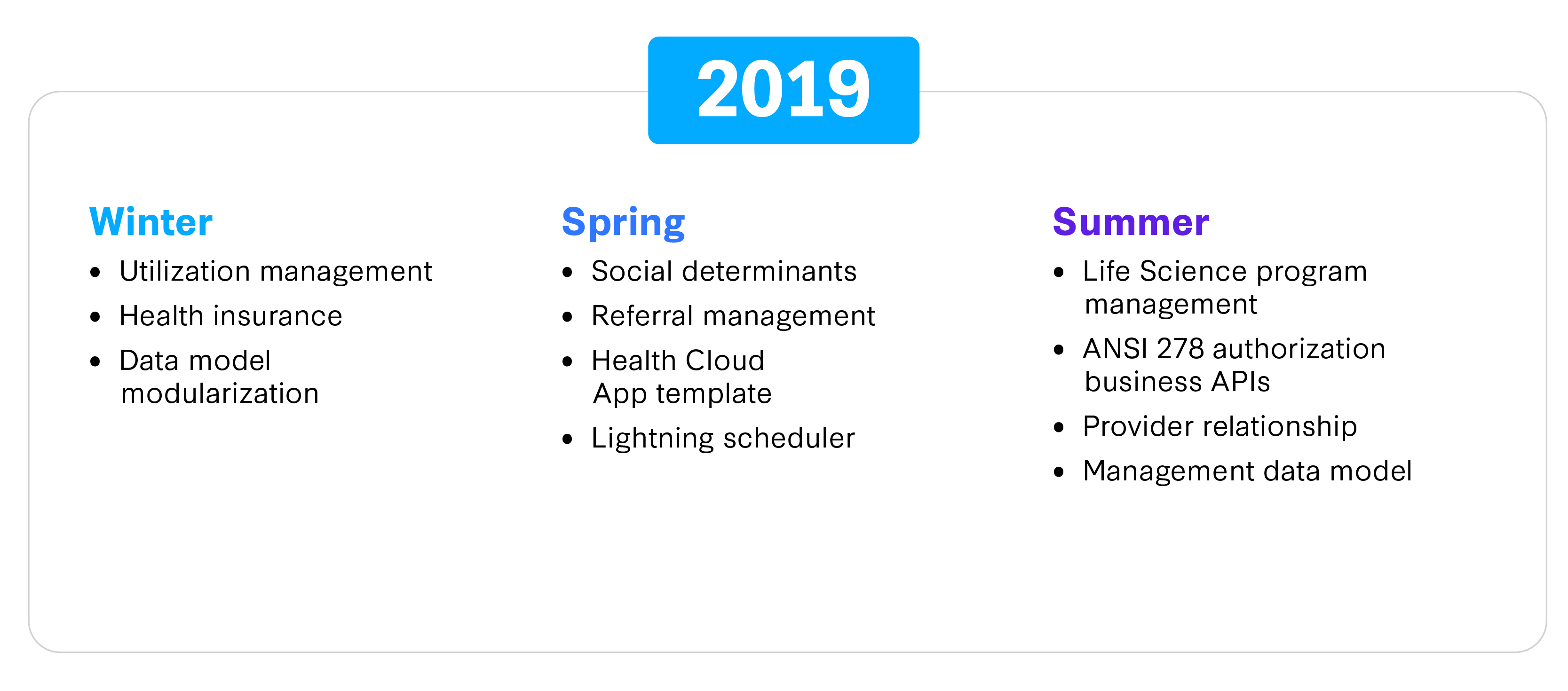
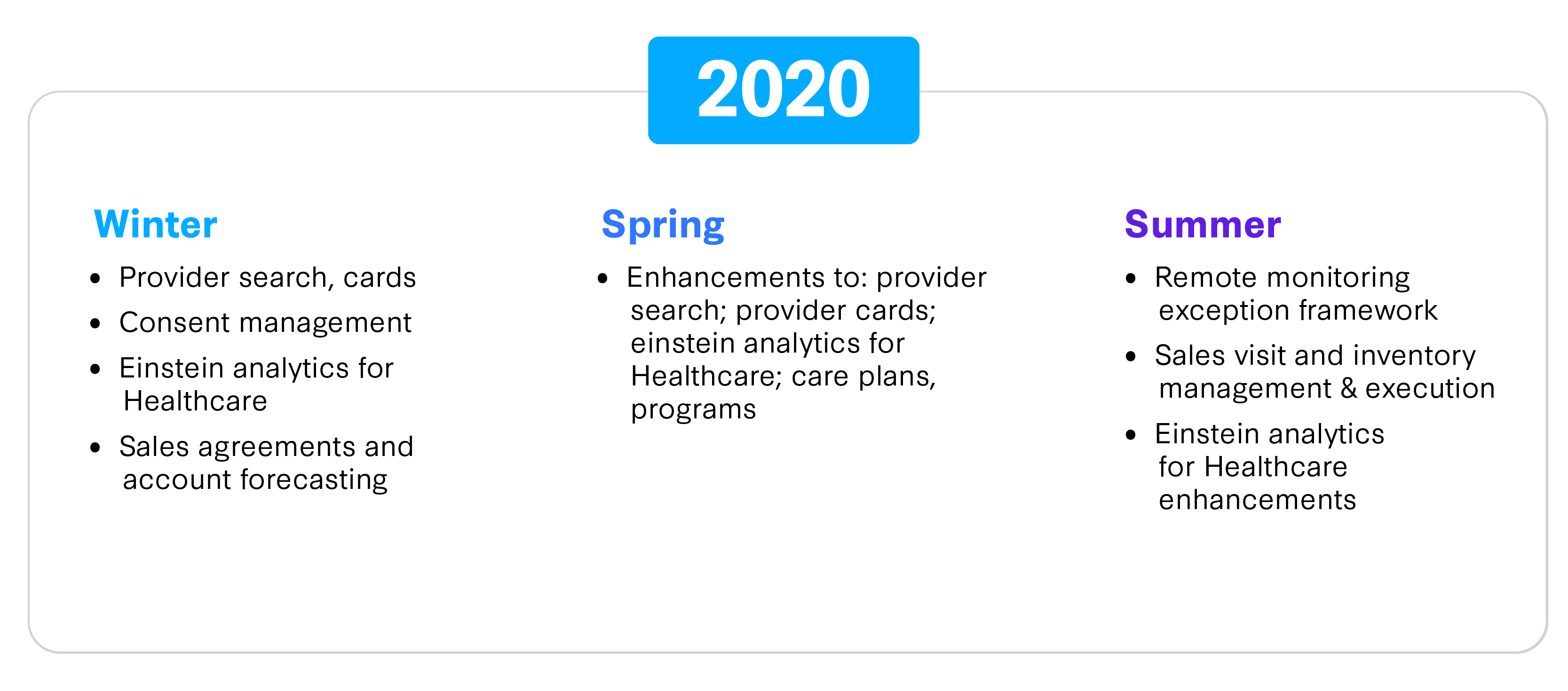
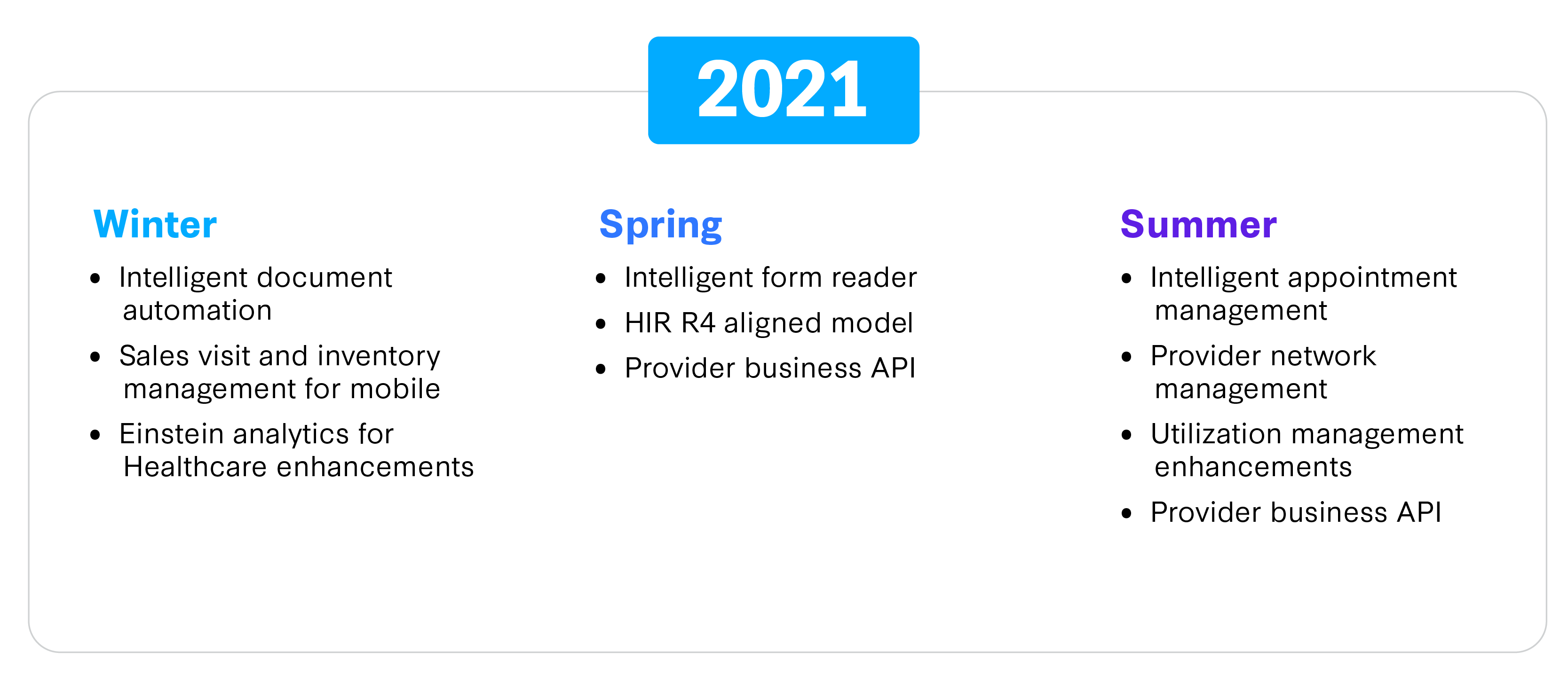
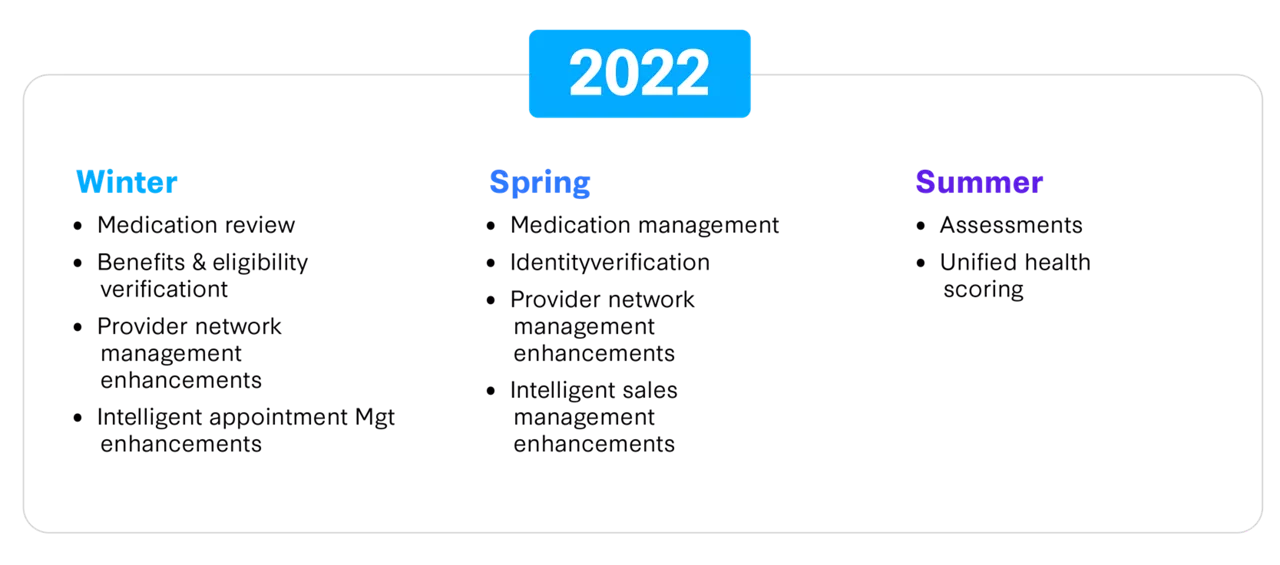
Figure 3: Health Cloud continuous innovation
- Empower your teams with flows for industries - With Health Cloud, business users, admins, and developers have an additional toolset. This toolset consists of point-and-click tools to build advanced UIs, guided flows, integrations, and calculations with Flows for Industries (often referred to as OmniStudio or Vlocity). This toolset is not available as part of Sales/Service Cloud and can help you build and deploy features 80% faster than traditional custom development
- Accelerate your migration timeline – Salesforce recently launched the Health Cloud Transition Assistant which is a simple-to-use and guided application that helps assess what needs to be done to migrate you from Sales/Service to Health Cloud. This was not available to customers earlier and is now totally free. This tool performs multiple functions such as mapping custom objects, fields, record types, etc. to standard objects and generating reports assessing dependencies and complexities.
How Virtusa can help and why partner with us on this journey
Medical Devices &
Diagnostics
Health
Plans
Health
Cloud
Virtusa is one of the only Salesforce global system integrators that has been awarded a Level II Partner Navigator specialization from Salesforce for Health Cloud implementation services. This is based on the number of successful end-to-end projects that we have completed, certified Health Cloud accredited professionals that we have in-house, and most importantly the customer satisfaction received from our projects. We have successfully implemented Health Cloud in all 4 healthcare verticals and have been recognized both by Salesforce and analysts as a leader in the implementation of Salesforce in the healthcare ecosystem. Indeed, we were the only Health Cloud customer speaking session selected to present at Dreamforce in 2022! Scroll down to see some of our recent Health Cloud success stories, including where we helped a Med Tech organization migrate and fix a failed implementation of Health Cloud to deliver incredible business value in a short space of time.
Not only do we understand Health Cloud and the healthcare domain intricately, but we have three rapid Health Cloud migration assessment offerings available to suit your individual needs:
Rapid Assessment
Target:
Generally for simple orgs with less than 100 users, clear focus and limited depth required
Approach:
- 3/4 meeting engagement
- Reverse demo of existing org
- Installation of HC transition assistant
- Read out including proposed migration timeline and estimated cost
Standard Assessment
Target:
Medium complexity orgs with 100-300 users and more than one healthcare app use case
Approach:
- 3-4 week engagement
- Scoping
- Kick-off
- Business objectives review
- Reverse demo
- Installation of HC Transition Assistance
- 1-2 technical Q&A sessions
- 1-2 functional Q&A sessions
- Preview technical findings
- Read out including proposed migration timeline and estimated cost
Advanced Assessment
Target:
Very complex orgs and use cases with 300+ users and multiple healthcare apps
Approach:
- Multi-week custom engagement based on initial scoping
- Stakeholder interviews
- Multiple discovery sessions with business and technical teams
- Multiple reverse demos and technical deep dive sessions
- Multiple technical and business Q&A sessions
- Installation of HC Transition Assistant
- Joint review of results
- Multiple read-out reviews and dry runs
- Final readout including proposed migration timeline and estimated cost
Figure 4: Virtusa Health Cloud migration assessment offerings
If you decide to move forward with the Health Cloud migration implementation with Virtusa, the cost of the assessment will be discounted from the implementation fee. We offer a variety of implementation models including fixed fee and outcome-based delivery and leverage our global delivery model to optimize cost and timeline.
To arrange an appointment with a Health Cloud expert, please click on the button below
Subscribe to keep up-to-date with recent industry developments including industry insights and innovative solution capabilities
Call handling time optimized by 75% for a National healthcare payer
Learn how we can help
